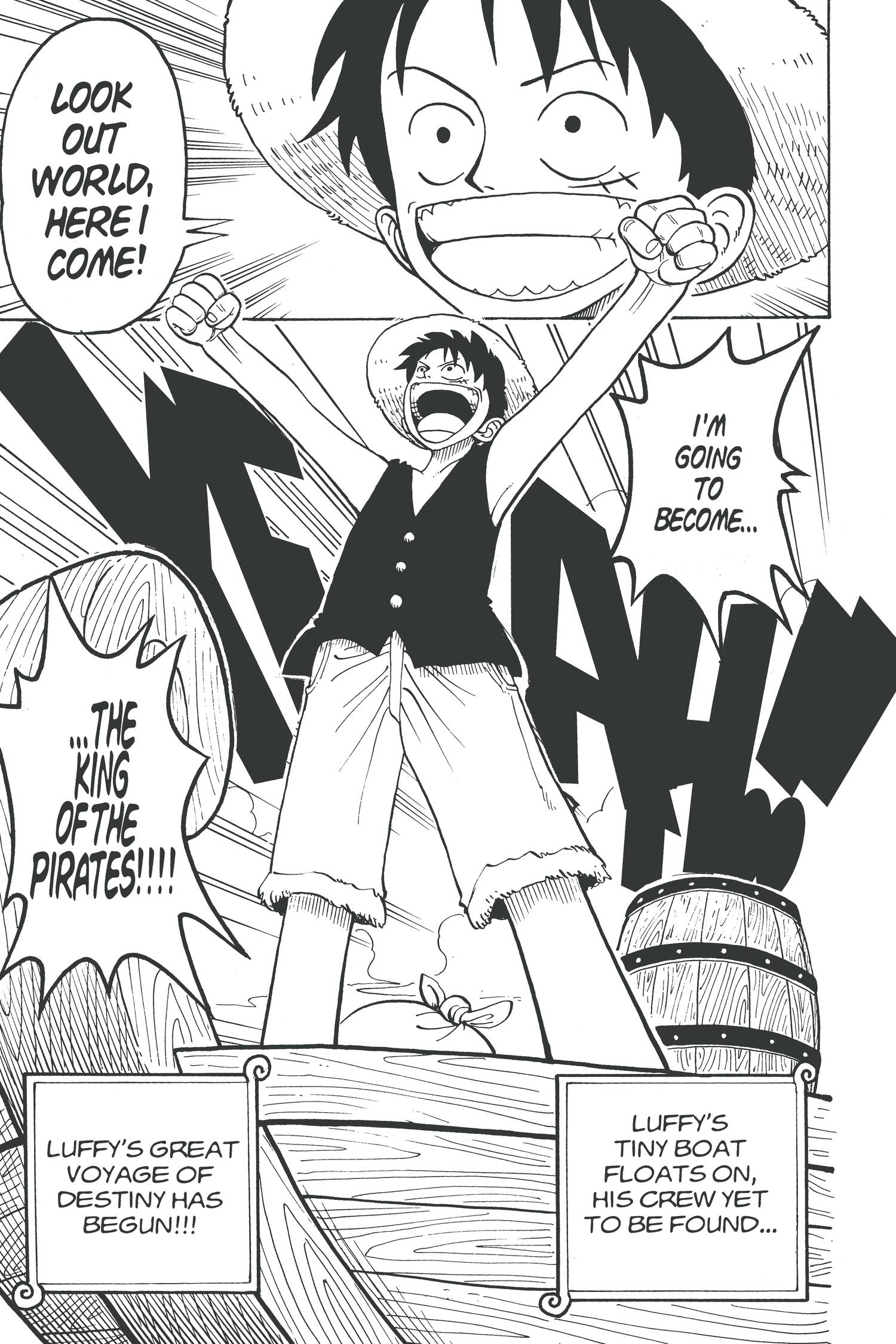Confession: despite being a fan of anime and manga, I’ve never read many classics or old school manga. As a girl, I avoided the Big Three even in their anime incarnations, convinced I didn’t need another story filled with men and boys battling one another. When I was younger, I gravitated mostly toward anime through Inuyasha, DN Angel, Ouran High School Host Club, Sailor Moon, Pokemon and Digimon. For manga, I particularly enjoyed Karin and DN Angel. Later, my favorite manga became Tokyo Ghoul and Shingeki no Kyojin.
I never thought to give the Big Three or any other classics or old school manga a chance. I didn’t think they would be my taste. I only recently watched (and loved) Fullmetal Alchemist: Brotherhood, ten years after its release. I’m not an anime purist or gatekeeper. I don’t believe there should be a required reading or watch list to get through to call yourself a fan. But, as a woman in her late twenties looking for something to read, a friend recommended I give this a shot.
For the next several weeks, I’ll be reading the first volumes of classic and old school manga, starting with the Big Three (One Piece, Bleach, and Naruto). To start, I’m aiming to read manga I haven’t watched the anime of, so this disqualifies Hunter x Hunter, Death Note, Fullmetal Alchemist, and Pokemon.
The following is a guest post by Sarah Murtagh.
Disclaimer: The term “classic” is a controversial and subjective one, not definitive. Here, I’ll use it to describe manga and anime that have become what would be considered classics by a good portion of manga and anime fans. I won’t use the term to describe an era or time period, and I recognize that “old school” does not necessarily equate to “classic.” I recognize* I’ll be using both terms (classic and old school) to refer to the manga I read.
The first classic manga I’m giving a shot is One Piece. A shonen manga started in 1997 by Eiichiro Oda, it follows Monkey D. Luffy, or Luffy for short, a young boy determined to find the ultimate pirate treasure, One Piece, and become the King of the Pirates.

A truly adventure-inspired story, it begins relatively lighthearted. Luffy as a child is enamored with the promise of adventure in the life of a pirate, but he doesn’t understand the dangers of such a life. In his own naivety, he accidentally eats a Devil Fruit that gives his body rubber-like elasticity and curses him so that he can’t swim. Despite this and the dangerous pirate clashes directly after that misfortune, he spends the next several years of his life preparing to chase his dream, no matter his disadvantages.
I thought the difference in target demographics would mean this story might not appeal to me, but the first chapter engaged me immediately. Exciting and fun, the tropes the story drew from added charm and a feeling of free-spiritedness amplified by Oda’s relatively cute art style. The underdog storyline and the positive message of following your dreams, facing your fears, and valuing friendship especially endeared me.
But I liked the main character, Luffy, the most. He is quite a bit like the typical shonen hero I’ve become accustomed to: defiant and eager, impatient, but hardworking and kind, well-intentioned. Like the rubber of his cursed body, he takes what life throws at him and tosses it back, unaffected. What he needs as a character is to go about his life on his adventures, make mistakes, and grow. Any apparent fault he may have is only a quality of youth that may change with the passage of time and experience. He needs to grow up, as is inevitable, but that’s the story waiting: not the destination, but the journey of youth on the path to the future.
Though I didn’t absolutely love the story, I still enjoyed it. The reason it probably didn’t grab me the way it did others is only because of the difference in demographics between myself and the target audience. Whether due to time or those demographics, the female characters mainly felt compared to the male ones. The introduction of a more exciting female character at the end of the volume offered a promise that there may be more.
The only true disappointment for me was the death of a female character in a flashback I felt was unnecessary. The potential storyline for that character might have been something spectacular, but instead the girl’s death only existed to fuel another character’s motivations and story.
It did take me longer to read the whole volume than I thought it would. I am curious about how the story will go, but it didn’t grab me enough to get the second volume right away. Perhaps the rest of the story does not follow a pattern of killing female characters to advance the story of male characters, but it was disappointing enough to turn me off from reading the rest for now. More than twenty years later, the story is still going, so there’s plenty to catch up on, and one day I will.